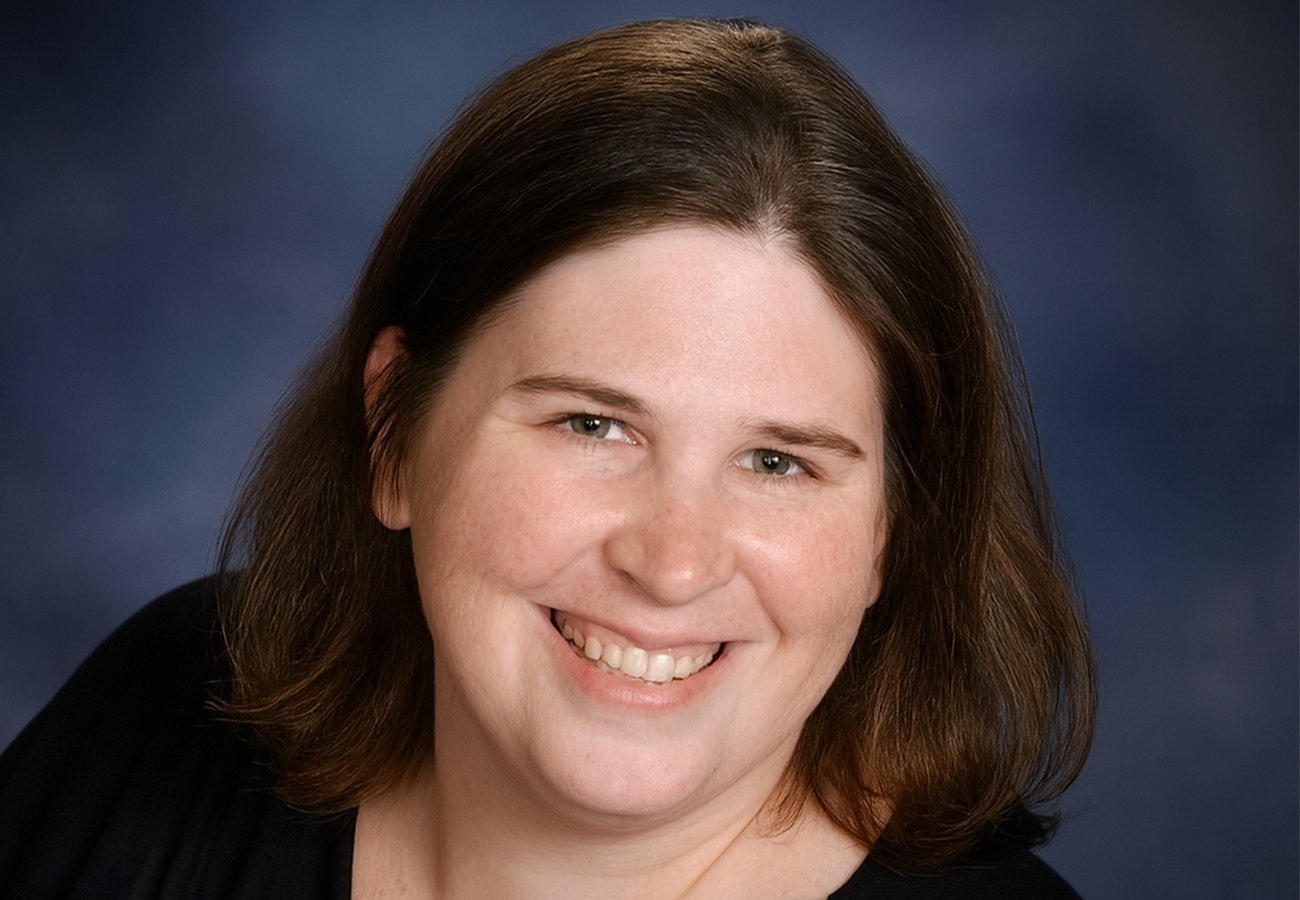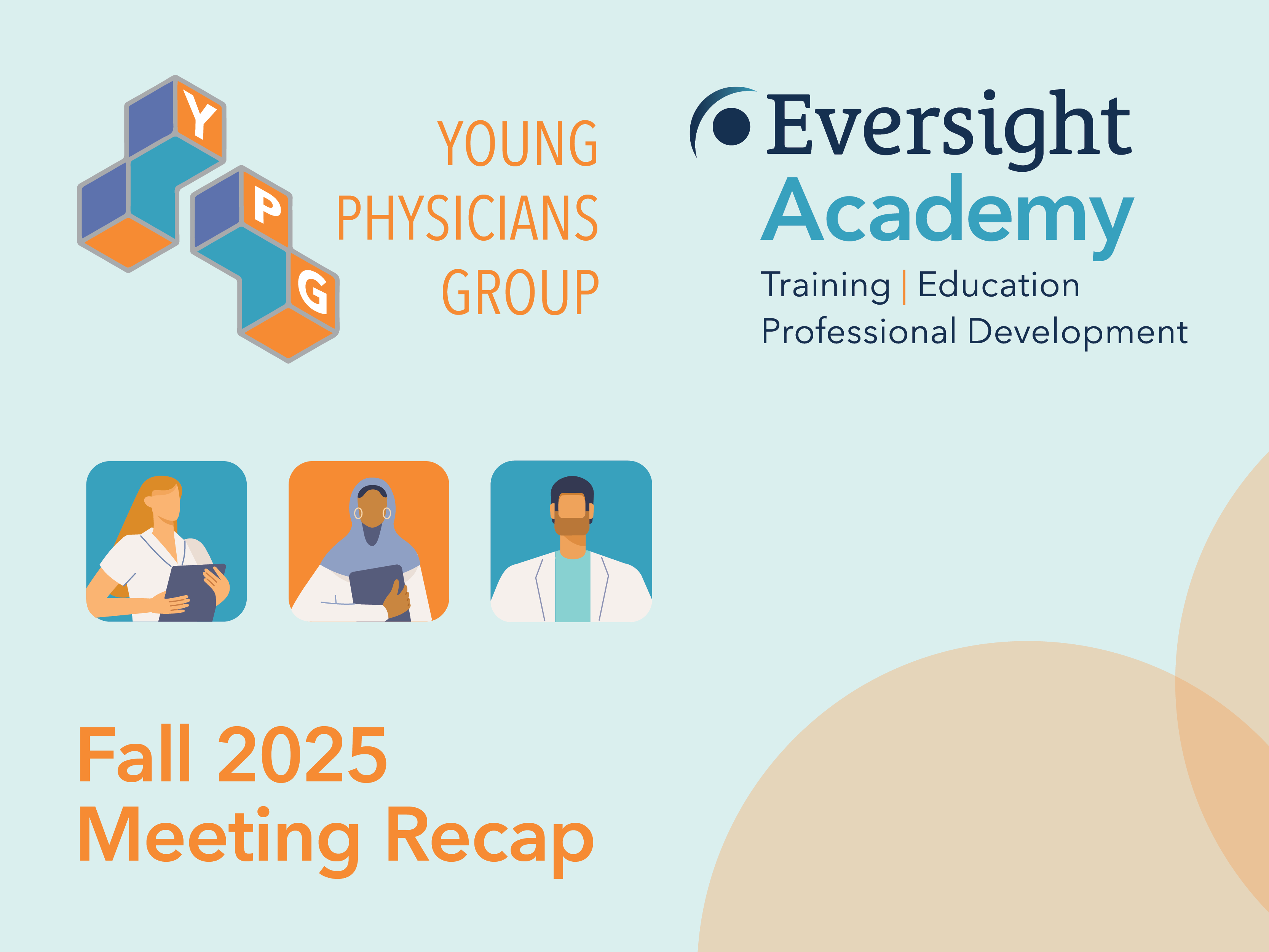Eversight is a global nonprofit eye bank with a mission to restore sight and prevent blindness through the healing power of donation, transplantation and research.
One billion people are coping with preventable vision loss globally. This includes 12 million who suffer from corneal blindness, making this condition the fourth leading cause of blindness worldwide.
Eversight and our many dedicated partners are working to address this global burden and help make vision a reality for more people worldwide.
Our Focus

News & Stories

From ministry to eye banking: A journey fueled by compassion
Doreen Murphy has always been someone who cares—for the patients she saw at an OBGYN practice, the colleagues who helped start a call...

Improving outcomes for patients with keratoconus | Fall YPG recap
The Young Physicians Group (YPG) closed out 2025 with a packed virtual session focused on keratoconus management.

Empowering Japanese vision care: Eversight welcomes Dr. Yuki Kusano
Patients in Kumamoto, Japan often wait four to five years for a cornea transplant. One surgeon is working to change that.
